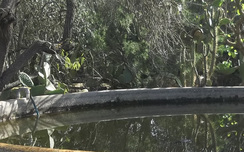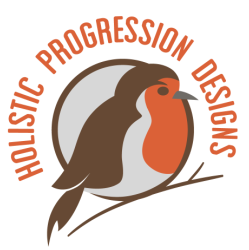
In the Mediterranean, however, water scarcity and poor water harvesting systems, combined with soil erosion, are some of the biggest challenges we face. To help us design appropriate responses and solutions for this we have a principle in Permaculture that guides us.
The longest path,
Over the greatest distance,
Traveling as slowly as possible,
Over the most time,
Rubbing up against as many things as possible,
With the most possible friction,
Is the most fertile.
Following this principle, you want to start at the highest point of the property, so that gravity works with you. Gathering data on weather patterns, knowing your catchment area coupled with on site observations of how water flows across all surfaces during rains will give you a good foundation for informed decision-making.
Permaculture design has the potential to stabilize eroding farmland, by improving soils and slopes through non-till organic farming, livestock rotation and Keyline plowing, all of which build soil. Support from trees and perennials, which, once established, will greatly improve rainwater infiltration and, in turn, ground water recharge. Over time you can even improve chances of rain as trees transpire sufficient water to create rain clouds.
So, my advice is, start with the macro, look at the bigger patterns, understand the needs of the site and the peaks in consumption. Then design to meet them, recognizing areas to catch and store water in tanks or ponds.
We have a choice to design and create integrated bio-diverse agricultural systems that are respectful to the land and much more stable, while, in the long term, generate less work, waste, pollution and unnecessary financial costs. It all starts with water.


